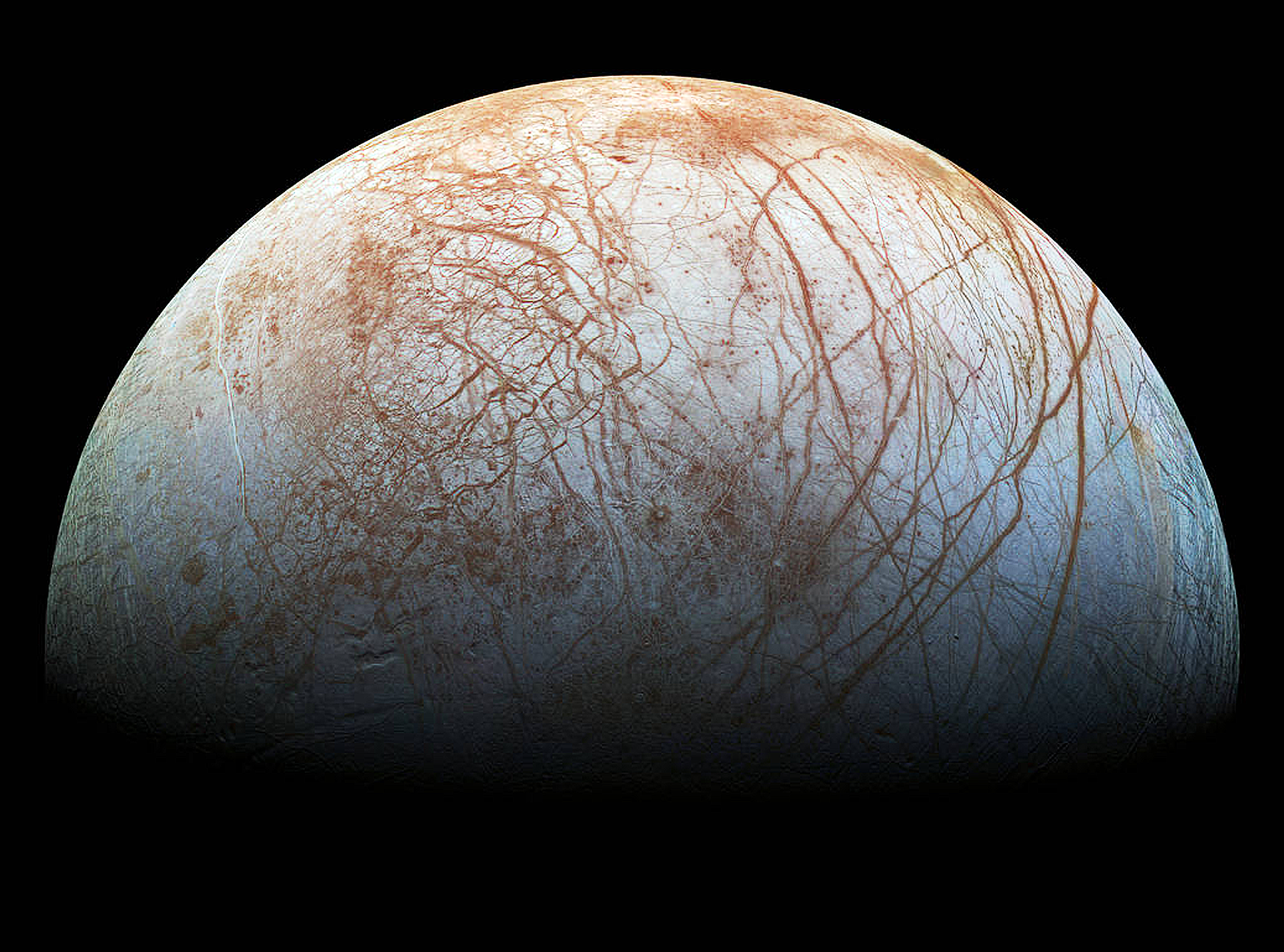Theresa Benyo
NASA Glenn Research Center

NASA has a requirement to penetrate the many kilometer thick ice caps of Icy World Oceans in its search for extraterrestrial life. These worlds, notably Ceres, Enceladus, Pluto and Europa, have ice caps estimated as up to 40 km deep with a liquid water ocean beneath, likely heated by the parent planets tidal forces, or, in the case of Pluto or Ceres, residual radioactive decay. These bodies are unique where space vacuum meets ice, with striated surfaces showing evidence of tectonic activity and strain-induced outgassing.
A heating or boring probe is proposed to access the oceans beneath the icy shelves that will be encountered in these searches. The proposed probe needs to contend with hydrostatic ice and water pressure, provide surface communications, and a sample return to surface. The ice composition, whether containing ammonia or silicate inclusions, its depth and temperature affect the ice phase, structure and density influencing probe travel. Upon reaching the ocean, the probe may encounter extraterrestrial life forms that attempt to metabolize the probe.
Icy World researchers have proposed using a nuclear powered, heated probe. However, rather than require either the plutonium-238 radioisotope heat source or an enriched uranium-235 fission reactor, with significant launch safety costs, we propose making use of the recent Lattice Confinement Fusion source used to efficiently fast-fission either depleted uranium or thorium in a molten lithium matrix. The resulting hybrid fusion fast fission nuclear reactor will be smaller than a traditional fission reactor where a lower mass power source is needed and provide efficient operation with thermal waste heat from reactor heats probe to melt through ice shelf to sub-ice oceans.





























